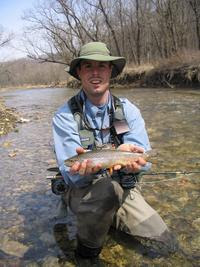
By
Jessica Slicer
Moo-ve over, polluting energy sources of the past, there's a new powerhouse in town. Cow power.
Environmentalists and scientists have searched high (wind power) and low (hydropower) for alternative sources of energy, but in Wisconsin, the answer may be lying in the fields. That's right, in cow manure. Supporters of manure digesters have decided that going green will take a little brown, and they can't wait to get started.
Wisconsin already has 26 working manure digesters and is now poised to take a giant leap forward with a first-of-its-kind community digester in the Waunakee area that will primarily serve five farmers.
"Once this digester is up and running, we plan for it to be a model that can be replicated throughout the Midwest and hopefully the country," says Dane County executive Kathleen Falk. "The benefits of it will include sustainable energy, reduced pollution in the lakes and air, money for farms and many new jobs."
The Waunakee digester, which could be working by fall of 2010, is one of two that Dane County hopes to build; the second will likely be in located in Middleton. The digesters will convert animal waste and substrate into clean fuel and energy.
Read more at Madison's
The Daily Page.



















